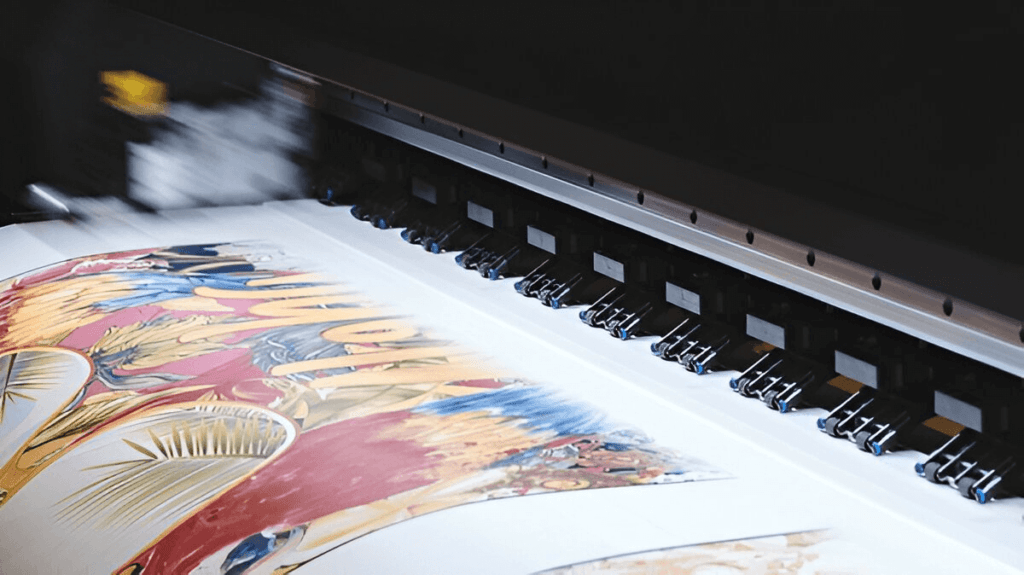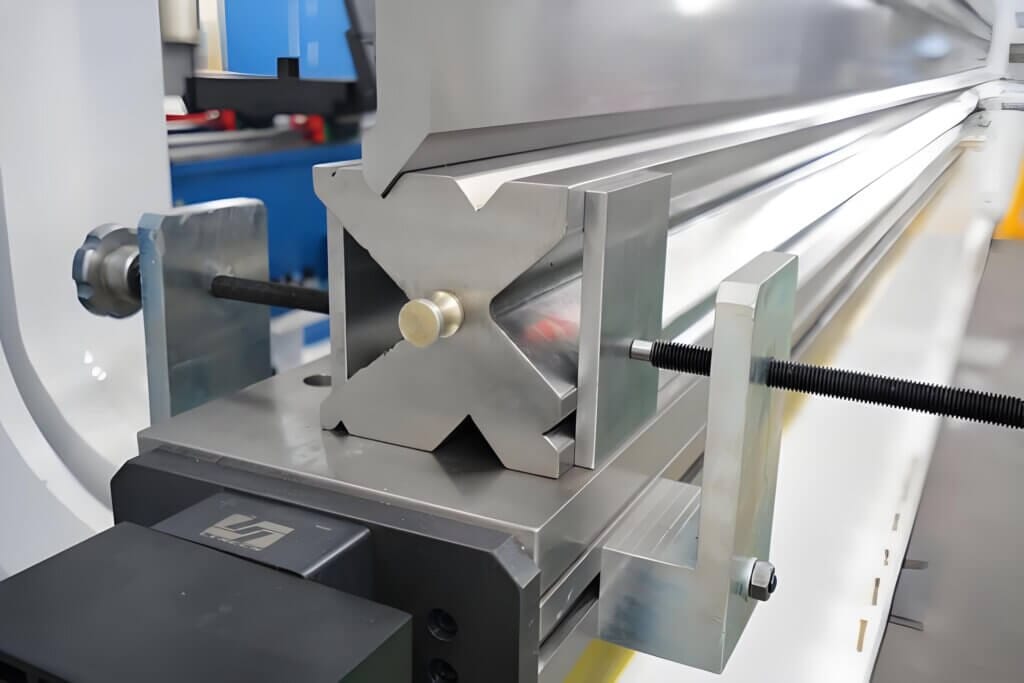Understanding the Importance of Quality Cutter Blades
The selection of high-quality cutter blades specifically designed for rubber is crucial for achieving smooth and precise cuts. Rubber, as a material, presents unique challenges due to its elasticity and toughness, which necessitate specialized blades that are tailored to its characteristics. Conventional blades may not perform adequately when faced with the inherent properties of rubber, leading to inefficient cutting processes and undesirable outcomes.
Quality industrial cutter blades for rubber are engineered to provide the necessary sharpness and durability to tackle the demanding nature of this material. Their design often includes features such as enhanced edge retention and corrosion resistance, ensuring a longer service life. This effectively reduces the frequency of blade changes, which can be both time-consuming and costly. Additionally, specialized blades help achieve enhanced cutting efficiency, resulting in tighter tolerances and improved surface finishes. A precise cut is essential not only for meeting product specifications but also for minimizing material waste.
Investing in high-quality cutter blades brings significant long-term benefits. For one, the reduced maintenance needs associated with durable blades translate to lower operational costs over time. Companies that prioritize the quality of their cutter blades can also expect improved production speeds as workflow interruptions caused by blade failures are minimized. In a competitive environment, the efficiency gained from using appropriate industrial cutter blades for rubber can significantly affect overall productivity and profit margins.
In conclusion, selecting quality cutter blades is essential for optimizing the cutting process of rubber materials. By considering the specific needs of rubber and understanding the advantages of specialized blades, businesses can enhance their operational efficiency and secure long-term savings.
Types of Cutter Blades Suitable for Rubber
When it comes to cutting rubber, selecting the right industrial cutter blades is paramount for achieving precision and efficiency. Among the various types available, straight blades, serrated blades, and specialty blades stand out due to their unique characteristics and applications.
Straight blades are perhaps the most commonly used industrial cutter blades for rubber. These blades feature a smooth edge that allows clean, straight cuts. They are particularly effective for slicing through thicker, denser rubber materials, where precision is essential. The advantages of straight blades include their ability to provide a clean finish and uniform cuts, making them an ideal choice for general rubber cutting tasks. However, one downside is that they may struggle with tougher rubber compounds, leading to dulling over time.
Serrated blades, on the other hand, come with a textured edge that excels at cutting through softer or more elastic rubber. The jagged teeth allow these blades to grip the material effectively, making them suitable for applications where slip-resistance is crucial. While serrated blades can create a jagged edge, they offer the advantage of requiring less force during cutting, which can be beneficial for reducing operator fatigue. Nevertheless, this type of blade is not as effective for precise, clean cuts as their straight counterparts, limiting their applicability in certain situations.
Lastly, specialty blades designed for specific rubber applications can significantly enhance cutting efficiency. These blades vary in design, often incorporating unique shapes or coatings tailored for particular tasks, such as composite material cutting or intricate designs. While specialty blades can be more expensive, they can provide precision and performance that standard blades cannot. When selecting any type of cutter blade for rubber, it is essential to consider the material properties, desired finish, and cutting conditions to ensure optimal results.
Essential Factors to Consider When Choosing Cutter Blades
When selecting industrial cutter blades for rubber, several critical factors must be taken into account to ensure optimal cutting performance. One of the primary considerations is the material of the blade. Blades made from high-speed steel (HSS) or carbide-tipped materials tend to offer superior durability and longevity, especially when cutting through dense rubber compounds. HSS blades are known for their sharpness and edge retention, while carbide blades provide exceptional hardness, making them well-suited for heavy-duty applications.
Blade thickness also plays a vital role in the cutting process. Thicker blades tend to be more robust and less likely to flex during operation, providing cleaner cuts with minimal distortion. However, thinner blades can offer greater precision for intricate cutting tasks. The choice between thickness should be informed by the specific application and the type of rubber being processed, as it can influence the quality and efficiency of the cut.
The hook angle of the blade is another important factor. A blade with a higher hook angle typically enhances the cutting action, allowing for better penetration and reduced friction. This can be particularly beneficial when dealing with soft or highly elastic rubber materials. Conversely, a lower hook angle may be more appropriate for harder rubber types, as it facilitates control and prevents tearing.
Finally, compatibility with cutting machines cannot be overlooked. It is essential to ensure that the chosen industrial cutter blades for rubber are suitable for the specific machinery being used. Different machines may have varying speed settings and tolerances, which must align with the blade specifications to achieve optimum performance.
In navigating these factors, it is also wise to consider reputable manufacturers known for producing high-quality cutter blades tailored for rubber applications. Brands that emphasize material quality and precision engineering will provide reliable options that enhance cutting efficiency and longevity.
Maintaining and Caring for Your Cutter Blades
Proper maintenance of industrial cutter blades for rubber is essential to ensure optimal performance and longevity. Regular care can significantly enhance the efficiency of your cutting tools while preventing premature wear and tear. Here are several best practices to maintain your cutter blades effectively.
First and foremost, cleaning is paramount. After each use, it is essential to remove any residual rubber or debris from the blades. A soft brush or cloth can be employed to wipe the blade surfaces, ensuring that any accumulated dust or particles that could compromise cutting precision are removed. Additionally, some manufacturers recommend using specific cleaning solutions to eliminate tougher residues without damaging the blade material.
Sharpening is another critical aspect of blade maintenance. Keeping industrial cutter blades sharp not only extends their lifespan but also enhances cutting accuracy. Depending on the frequency of use and the type of rubber processed, the blades may require sharpening every few weeks. Various sharpening tools are available, such as honing stones or specialized sharpening machines. Following the manufacturer’s guidelines on sharpening angles and methods is crucial to maintain the blade’s integrity.
Proper storage is also vital in blade care. Blades should be stored in a dry, clean environment, preferably in protective cases or sheaths, to minimize exposure to moisture and accidental contact with other objects. Marking blades with usage dates can help track when they will need maintenance or replacement.
Recognizing when a blade needs to be replaced is equally important. Signs include visible dullness, chipping, or any damage to the blade edges. Regular maintenance schedules are advisable for optimal performance. Lastly, always prioritize safety when handling cutter blades; using appropriate personal protective equipment will help prevent potential accidents during maintenance tasks.






